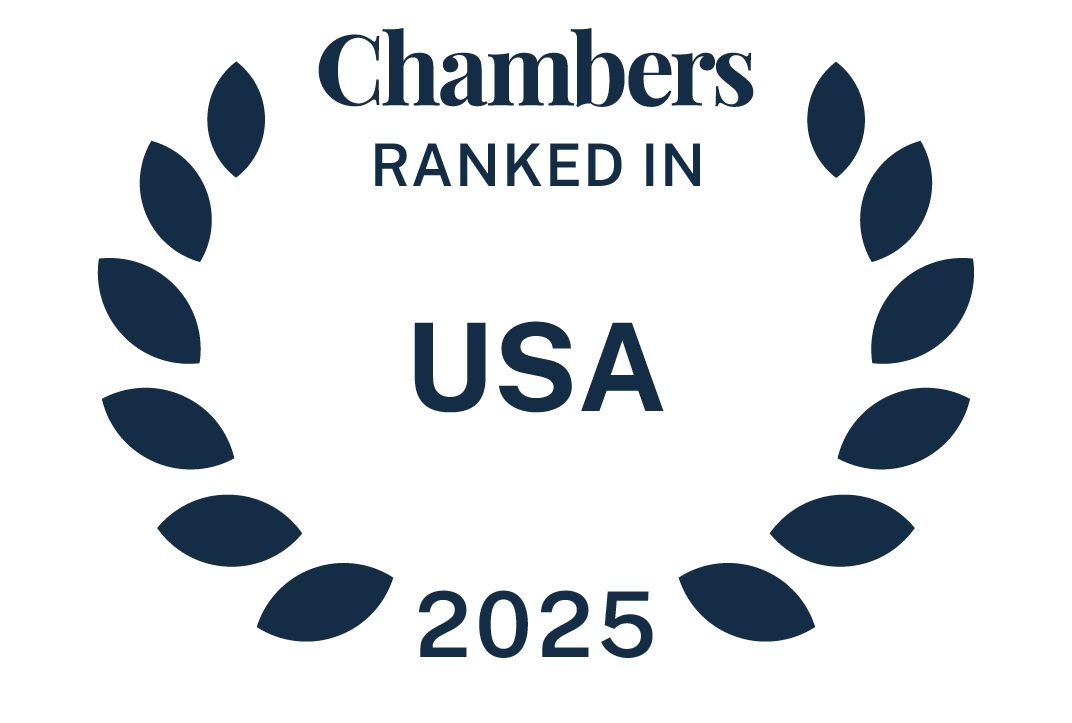A recent request by the Supreme Court of Norway for an advisory opinion from the European Free Trade Association Court may define the legal test for determining whether or not an agreement between competitors restricts competition “by object.”
On 19 February 2016, the Supreme Court of Norway asked the European Free Trade Association (EFTA) Court to provide an advisory opinion on the legal test required to qualify an agreement as restricting competition “by object” under Article 53 of the Agreement on the European Economic Area (EEA Agreement), which has the same content as Article 101 of the Treaty on the Functioning of the European Union (TFEU).
Background
In July 2011, the National Competition Authority of Norway imposed fines totaling €315,000 on Ski Follo Taxidrift AS, Follo Taxisentral BA and Ski Taxi BA for alleged bid rigging concerning their joint participation to a public tender announced in 2010 by the Oslo University Hospital (Ski Taxi SA, Follo Taxi SA og Ski Follo Taxidrift AS v staten v Konkurransetilsynet). In February 2013, the District Court of Follo annulled the Authority’s decision.
On 17 March 2015, the Borgarting Court of Appeal overturned the District Court’s judgment and confirmed the Authority’s decision, but reduced the amount of the fines to €145,000. The parties appealed the Borgarting Court judgment before the Supreme Court of Norway (Norges Hoyesterett), which asked the EFTA Court for the advisory opinion (case E-3/16).
Norway is a Member State of EFTA and a party to the EEA Agreement, which brings together the 28 Member States of the European Union and three EFTA States: Iceland, Liechtenstein and Norway. The EEA Agreement provides for the application throughout the 31 States of the EU legislation that covers the free movement of goods, services, people and capital, including the rules applicable to restrictions of competition. In order to ensure uniform implementation and application of the common rules in all EEA countries, the EFTA Court has jurisdiction for giving advisory opinions to courts in EFTA States on the interpretation of EEA rules. Its jurisdiction largely corresponds to that of the Court of Justice of the European Union (CJEU) for the EU Member States.
The Three Questions
The Supreme Court of Norway submitted the following three questions to the EFTA Court:
- What is the “legal test” for determining whether or not an agreement has a competition-restricting object within the meaning of Article 53 of the EEA Agreement?
- If the cooperation takes place openly with regards to the procuring authority, does this have any legal significance when establishing whether or not the parties’ conduct qualifies as a restriction by object?
- What legal criteria should be applied in order to establish whether or not the parties’ conduct qualifies as a restriction by object, if their cooperation takes the form of two competitors submitting a joint tender through a joint venture, where the two companies are to be subcontractors to the joint venture?
Restricting Competition “By Object”
Article 53 of the EEA Agreement (as Article 101(1) of the TFEU) prohibits agreements that have “as their object or effect the prevention, restriction or distortion of competition”.
Restrictions by object are those that, by their very nature, have the potential to restrict competition within the meaning of Article 101(1) of the TFEU. The distinction between restrictions by object and those by effect is of significant practical importance in competition investigations, because if the authorities are able to establish that an agreement has as its object the restriction of competition, they do not need to take account of the agreement’s concrete effects on competition in the market.
Arguably, both the Commission and the EEA Member States’ national competition authorities have been increasingly relying on the “object” category, as it relieves them from undertaking the full legal and economic assessment required to establish the actual harmful effects of the alleged restrictions on the proper functioning of competition in the market.
Commission Guidelines and Guidance
The guidelines issued by the European Commission in 2004 on the application of Article 81(3) of the EC Treaty (now Article 101(3) of the TFEU) (guidelines are a non-binding document intended to explain the policy of the Commission on such specific substantive issues), generally associated restrictions by object with the “hardcore” restrictions. These types of restrictions are considered by their nature likely to produce negative effects on competition and include price fixing; output limitation; sharing of markets and customers; and, as regards vertical agreements between non-competitors, the limitation on the buyer’s ability to determine its resale price and market partitioning by territory and/or customer group, (paragraph 23 of the guidelines).
The more recent 2011 Commission guidelines on horizontal agreements, and the 2014 Commission guidance on restrictions by object for the purpose of defining which agreements may benefit from the De Minimis Notice, expanded the by object category to include certain “non-hardcore” restrictions, such as information exchange between competitors on individual data regarding intended future prices or quantities.
The Commission’s guidelines and guidance only represent, however, the view of the Commission on the application of the by object category. They are not binding and prejudice neither future Commission decisions nor CJEU case law.
CJEU Case Law
In T-Mobile Netherlands, ECR [2009] C-8/08, the CJEU indicated that, in order for a concerted practice to be regarded as a restriction by object:
It is sufficient that it has the potential to have a negative impact on competition. In other words, [it] must simply be capable in an individual case, having regard to the specific legal and economic context, of resulting in the prevention, restriction or distortion of competition (paragraphs 31 and 43).
According to the T-Mobile judgment, therefore, a restriction cannot be considered to be by object without a prior assessment of its “legal and economic context” in order to avoid prohibiting agreements that would prima facie appear to be restrictive, but which are not, once placed within context.
The judgment does not provide, however, for specific guidance on the framework for such an assessment of the factual, legal and economic context, that the Commission and the national competition authorities should follow in order to be able to rely on the by object category, and therefore skip the full legal and economic analysis on the actual effects on competition.
More recently, in Groupement des cartes bancaires (CB) v Commission [2014] C-67/13, the CJEU seemed to adopt a more restrictive approach, as it stated that a restriction by object can only be found with respect to coordination that “reveals a sufficient degree of harm to competition that it may be found that there is no need to examine their effects” (paragraph 58).
The CJEU remained consistent with this more restrictive approach in its subsequent judgments in P Dole v Commission [2015] C-286/13) and SIA Maxima Latvija v Konkurences padome [2015] C-345/14. This restrictive approach could be interpreted as an attempt to prevent competition authorities from relying excessively on the object category.
To sum up, as a result of the current legal and regulatory context, recent Commission decisions and CJEU case law
- Restrictions that are identified as hardcore in horizontal and vertical relationships (i.e., price fixing; limiting output; sharing markets and customers between competitors; and, as regards vertical agreements between non-competitors, limiting the buyer’s ability to determine its resale price and partitioning markets by territory and/or customer group) are generally considered to constitute restrictions by object.
- The Commission and national competition authorities tend to expand the by object category to include other types of restrictions, such as certain information exchanges between competitors.
- According to the CJEU, in order to be able to rely on the by object category, the authorities need to assess the factual, legal and economic context of the overall agreement between the parties, especially when, in individual cases, the alleged violations do not fall within one of clear-cut hardcore restrictions.
As can be seen from this summary, recent CJEU case law demonstrates a more restrictive approach that would appear to be an attempt by the Court to prevent the competition authorities from relying excessively on the by object category.
The US Approach
The US courts have a long-developed “per se unlawful” approach, which corresponds with the by object category, with respect to a limited range of “pernicious” activities that experience has shown are so harmful to competition that the US law condemns those practices as unlawful per se upon proof of an agreement in violation of the Sherman Act, Section 1.
The trend by the Commission and national competition authorities to expand the by object category does not reflect the approach of the US authorities. For example, under US antitrust law, minimum resale price maintenance is assessed under a “rule of reason” analysis and is not per se unlawful (although there are still a few states where minimum resale price maintenance is considered per se unlawful), whereas the same conduct is treated as a restriction by object in the European Union.
Potential Implications of The EFTA Court Advisory Opinion
Against this background, the EFTA Court’s advisory opinion might have important implications for companies doing business in the EEA, especially if the answer to question 1 does provide a framework for a proper “legal test” for determining whether or not an agreement has a competition-restricting object. The answers to questions 2 and 3 should provide insight into the assessment of alleged restrictions by object in the case of joint tenders.
It is to be hoped that the Court does provide a framework for a proper legal test. This would allow companies to better defend their interests during investigations into alleged anti-competitive agreements and during appeal proceedings, as it would help them have a better understanding of the extent to which the Commission and national competition authorities can rely on the by object category, rather than performing a full legal and economic assessment of the actual effects on competition on the market.



